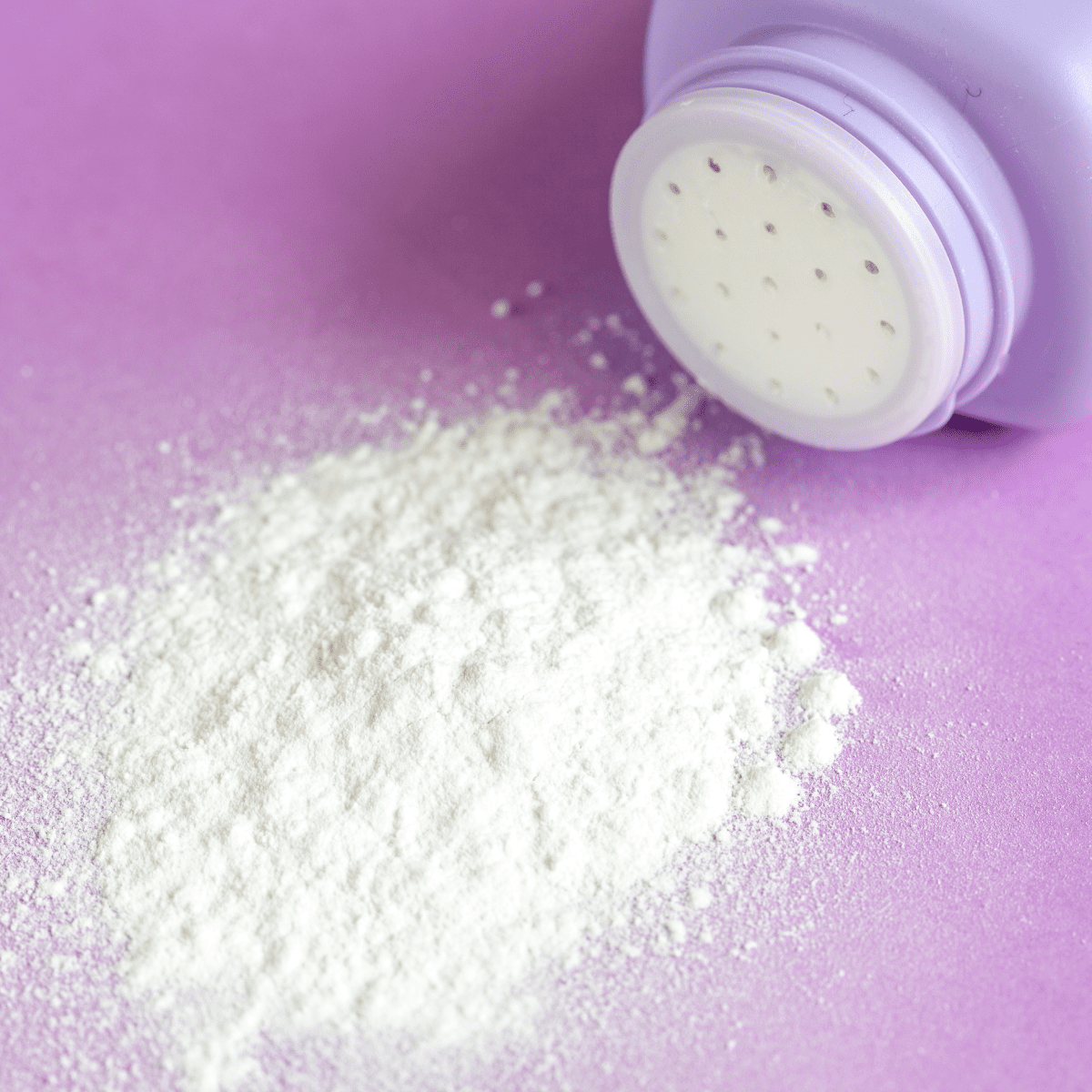Environmental and Toxic Tort Advisor
3rd Circuit Rejects Johnson & Johnson’s Effort To Set Up Subsidiary In Bankruptcy Court To Resolve Talc Asbestos Claims
January 30, 2023

Donald R. Kinsley
Wilmington

On January 30, 2023, the Third Circuit dismissed Johnson & Johnson (J&J)’s subsidiary LTL’s Chapter 11 bankruptcy petition because the facts did not support the financial distress required for the entity’s good faith filing for bankruptcy.
“While LTL inherited massive liabilities, its call on assets to fund them exceeded any reasonable projections available on the record before us. The ‘attenuated possibility’ that talc litigation may require it to file for bankruptcy in the future does not establish its good faith as of its petition date. At best, the filing was premature,” the appellate court wrote. Therefore, the petition did not serve a valid bankruptcy purpose, and LTL could not show it was filed in good faith.
In 1979, J&J transferred J&J’s baby powder assets to Old Consumer. Thereafter, in October 2021, J&J established LTL, a subsidiary, to be responsible for essentially all liabilities of Old Consumer talc-related claims. Prior to LTL’s bankruptcy petition, Old Consumer had paid about $3.5 billion for talc-related verdicts and paid nearly $1 billion in defense costs at a rate of $10 to $20 million per month. Nonetheless, Old Consumer was estimated to have a value of $61.5 billion. LTL, once established, received Old Consumer’s talc liability, rights under a Funding Agreement, a royalties business, and cash, and then, days later, on October 14, 2021, filed a Chapter 11 bankruptcy petition in the Bankruptcy Court for the Western District of North Carolina.
At which time of its filing, LTL also sought to extend the automatic stay afforded to it under the Bankruptcy Code to talc claims asserted against non-debtor entities, including affiliates, insurers, and third-party retailers arising from Johnson’s Baby Powder (referred to collectively as the “Protected Parties”). The North Carolina Court initially issued an order enjoining these types of claims against Protected Parties for a period of sixty (60) days and then transferred LTL’s bankruptcy to the District of New Jersey.
An Official Committee of Talc Claimants was subsequently formed in the case pending in the New Jersey Court and moved to dismiss the bankruptcy petition pursuant to §1112(b) of the Bankruptcy Code as not having been filed in good faith. In February 2022, the New Jersey Bankruptcy Court held a five-day trial on the Talc Committee’s motions to dismiss and LTL’s renewed attempt for a permanent injunction of claims asserted against the Protected Parties. The New Jersey Bankruptcy Court denied the motions to dismiss and granted LTL’s injunction motions enjoining the numerous third-party claims against the Protected Parties. The Talc Committee timely appealed the Bankruptcy Court’s order denying its motions to dismiss and the order enjoining third-party claims against the Protected Parties, which appeals were subsequently certified by the Bankruptcy Court for submission to the Circuit Court of Appeals pursuant to 28 U.S.C. §158(d)(2).
Writing for the federal appellate court three-judge panel, U.S. Circuit Judge Thomas L. Ambro reversed the denial of the motions to dismiss because the bankruptcy filing did not meet the good faith requirement, and the appellate court focused on LTL’s assets, liabilities, and critically, the funding backstop it has in place to pay those liabilities. The 3rd Circuit held that LTL was not in financial distress when it filed its Chapter 11 petition. The appellate court wrote that the Bankruptcy Court misdirected its review to how talc litigation affected Old Consumer rather than the Funding Agreement’s benefit to LTL. That misdirection was a legal error. Further, the Bankruptcy Court estimated that future claims imperiled the viability of all J&J companies, ignoring the possibility of settlements and successful defenses and dismissals. The appellate court was also concerned with “the casualness of the calculations supporting the Court’s projections,” which “engenders doubt as to whether they were factual findings at all, but instead back-of-the-envelope forecasts of hypothetical worst-case scenarios.” LTL did not have any likely need in the present or the near-term, or even in the long-term, to exhaust its funding rights to pay talc liabilities, the appellate court wrote.
The Bankruptcy Court also held as an independent basis for its decision “unusual circumstances.” The Bankruptcy Court ruled that “the interests of current tort creditors and the absence of viable protections for future tort claimants outside of bankruptcy . . . constitute such ‘unusual circumstances’ as to preclude . . . dismissal.” The appellate court held its ground for dismissing the bankruptcy filing because LTL lacked financial distress, and “[n]o ‘reasonable justification’ validates that missing requirement in this case.”
The appellate court also noted that J&J’s triple A-rated payment obligation for LTL’s liabilities weakened LTL’s case to be in bankruptcy. “[T]he bigger a backstop a parent company provides a subsidiary, the less fit that subsidiary is to file. But when the backstop provides ample financial support to a debtor who then seeks shelter in a system designed to protect those without it, we see this perceived incongruity dispelled.”
The Third Circuit ruling reversed the New Jersey Bankruptcy Court’s denial of the Talc Committee’s motions to dismiss, with instruction to dismiss LTL’s bankruptcy filing and further ruled that dismissal thereby annulled the litigation stay.
In re: LTL Management, LLC, No. Nos. 22-2004, 22-2003, 22-2005, 22-2006, 22-2007, 22-2008, 22-2009, 22-2010, 22-2011 (3d Cir. Jan. 30, 2023).
About The Blog
Our environmental law and toxic tort attorneys will provide you with news, legal updates, and commentary on environmental and toxic tort liability issues. We hope you find our content informative and helpful as you deal with the ever-changing challenges toxic tort and environmental matters pose to your organization. To receive updates directly to your inbox, click here.
Disclaimer: The information contained in this publication should not be considered legal advice, is not a substitute for legal counsel, and should not be relied on as such. In some jurisdictions, this is considered advertising. For legal advice or answers to specific questions, please contact one of our attorneys.
